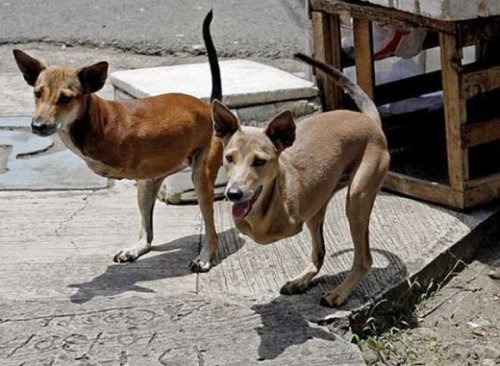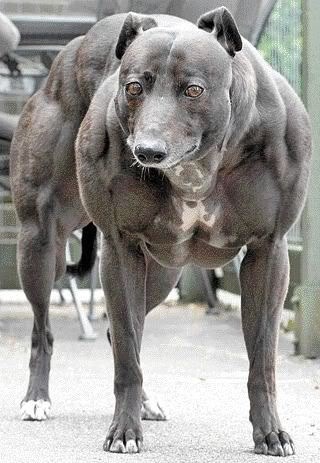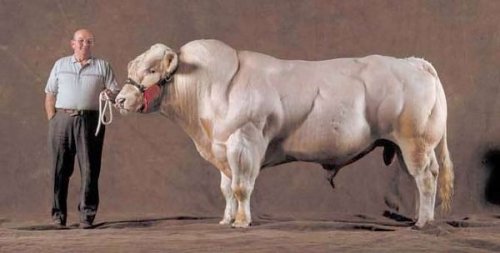allencg101
Member
ever hear about the blue people in kentucky thats the result of doing it doggy style with your sister. so don't believe it when people say inbreeding is the best put your sister to the test!!! but in all honesty i wouldn't be suprised if many of the bloodlines of panthers out there now have some inbreed blood in them from the earlier days of the farms that they come from, from madagascar people will do anything in those parts of the world for a quick buck but i still wouldn't do it!!!









